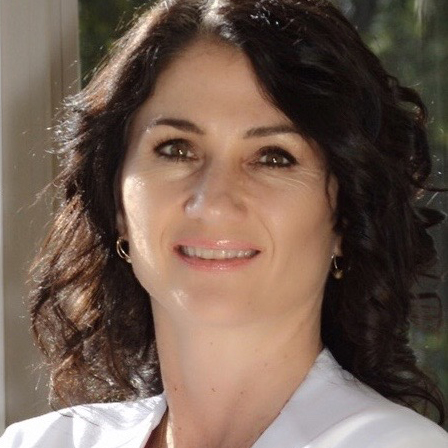Neurofeedback is simply reading brainwaves, setting goals for them, and then showing the patient the results.
If the feedback is within a half second of the actual brain wave change, the training works. If it takes the computer longer to process and deliver a sound or light on the screen, the brain will not learn to change.
Today we have choices about what we can train, and most of the time we can stack or layer these methods on top of each other if we have powerful software and processors. The methods in general are these, and they are growing every day:
1. Amplitude training
2. Coherence training
3. Infraslow fluctuations
Amplitude training is the oldest method, and it shows where in the brain a certain wave is overfiring or under firing in power. We can think of this as loudness, power, volume, or volts or amps. We compare these to Z-scores and try to achieve a healthy resting brain wave state all over the brain, and if we have s-LORETA equipment, we can even to the deep brain limbic regions that regulate emotion, endocrine and immune function.
Coherence training is an exciting new addition to neurofeedback training that measures how much chatter or cross talk happens between regions of the brain. Think of the brain as a vast office with people in cubicles doing their work. Each person is a brain cell or neuron and their job is to process information. They each get information in their cubicle and must decide to send a signal up to their superiors or their colleagues about whether the information is actionable and important or not.
Imagine that some of these workers get behind on their work because of a concussion or brain injury. Now those workers seek help from their neighboring coworker neurons in the office, both nearby and far, and sometimes in other departments. They ask for help processing their information.
Now we have cells talking with each other too much, mostly due in this scenario to reduced functional capacity to maintain their firing rate and do their job. Training in coherence allows us to teach the brain that this is not a good solution, and another might work better. You can see how training-only does not heal the cells, it just steers their activity, and they require nutrition and detoxification to heal properly and electrically.
On the other hand, we may measure coherence (and something similar called phase) and find there is less cross talk than is ideal. We then train these areas to talk to each other more. This method and its many variations can help people who do not respond to amplitude training because it is a totally different electrical event in the brain.
Beyond simple coherence, which tells us which cells are firing together and working on processing the same information, we now can measure directional coherence. This tells us which partner is driving the cross talk. It is like knowing who is the lead when two people dance. It matters when you know which member is leading this codependent firing, and we can train that specifically to correct. We can do this all over the brain for 6200 independent surface and deep regions.
Infraslow Fluctuation is a totally new brainwave. This wave is so far below the lowest brain wave we knew, which was Delta waves, that it needed a new name. It is 4 decimal places lower in frequency than delta which is 1 to 3 cycles per second or Hertz (0.0001 Hz is the range of infraslow waves).
These brainwaves and ISF neurofeedback methods were published in the prestigious science journal Nature and others several times and university studies are underway. This wave appears to regulate the Optimal frequency, which is the balance between the sympathetic and parasympathetic expression. For example, if you are not sufficiently aroused to meet life’s challenges, you may have your wavelength set too slow to adapt and need to try a higher frequency.
The opposite scenario might be that your nerve cells are vibrating at too high a fundamental frequency, and you feel jittery and anxious, and could benefit from a reduced fundamental frequency so you can feel calmer.
We have lots of experience not only with brain maps and customizing neurofeedback but also with all kinds of other natural, holistic and science-based lab and lifestyle balancing and wellness methods. Let us know if you have questions about this article and want to see more.

